In February 2024, professional storyteller Megan Wells did her first Distant Era session, in which we photographed four of the historical women she plays in her work: Abigail Adams, Florence Nightingale, Eleanor Roosevelt, and Mary Magdalene. In March, Megan returned for her second session, and we photographed three more of the historical women she portrays, including Maria Anna Mozart, nicknamed Nannerl, Clara Barton, and the subject of this week’s post, Miep Gies.
Miep Gies and the Frank Family
Miep Gies and her husband Jan, with the help of a few others, hid the Frank family during the Second World War, at great risk to themselves. It was Miep Gies who hid Anne Frank’s diary from the authorities, intending to give it back to Anne after the war. Anne Frank perished at the Bergen-Belsen concentration camp, along with her sister Margot; their mother also perished at a concentration camp one month prior. Their father Otto survived the Auschwitz concentration camp, and Miep Gies gave him Anne’s diary in the summer of 1945. He dedicated the rest of his life to the diary’s publication. Miep Gies herself lived to be one hundred years old, having passed in 2010.
Photography
Conversing with Megan about Miep Gies, I wrote these notes on Megan’s direction for Miep’s look: “Obsessed with Hollywood. Told she looked like Norma Shearer and she never forgot it. Very, very warm expression. Mischievous warm.”
Our discussion of Hollywood and the period in which we wanted to portray Miep Gies led me toward the paramount lighting of old Hollywood, also called butterfly lighting, in which the light is placed behind camera, straight on to the subject, so that it produces a butterfly shadow pattern beneath the subject’s nose. One of the instruments used in old Hollywood lighting was the Mole-Richardson focusing scoop, which is a big, hard light modifier. The closest modifier I have to that is a beauty dish, which is also a round, hard light modifier. Thus our initial discussion about Miep focused the direction of our look and lighting.
In our portrait, Miep holds the keys to signify the rooms where the Frank family lived. Each time Megan saw the portrait—when we were photographing it and when I was turning over edits—she spoke of the vulnerability she saw in Miep’s eyes.
The Journal
It was easy for each of us to feel overcome by the subject matter. Researching Anne Frank’s life was emotionally difficult for me personally, as it’s impossible to read her story without imagining the horrific circumstances of that time and place.
The pattern for the background comes from a photograph of Anne Frank’s journal itself. I found a public domain image of the journal, which I used as a mockup before reaching out to the Anne Frank House in Amsterdam, which has a similar photograph. I explained the project, and the Anne Frank House kindly granted permission to use their photograph as well, courtesy of the Anne Frank House. We are grateful for their response, which allowed us to ground Megan’s portrayal of Miep on the background pattern of Anne Frank’s actual journal.
Applause
Megan is currently touring Florida JCC’s and Sisterhoods—consistent standing ovations are followed by deep question and answer sessions.
We are all struggling to penetrate to the hidden motivations that consistently trip human beings into devastating wars.
Megan Wells
It continues to be a pure pleasure to work with Megan in creating this series on the historical women she plays. I admire the way she makes the past present so that we may see ourselves in its light as we face the issues of today.
Follow Megan on Facebook, Instagram, or her website by clicking one of the icons below!
Our gallery of the historical women Megan plays has grown substantially over the past four months. Here are all seven portraits from our first two sessions featuring the historical women that Megan portrays in her work.
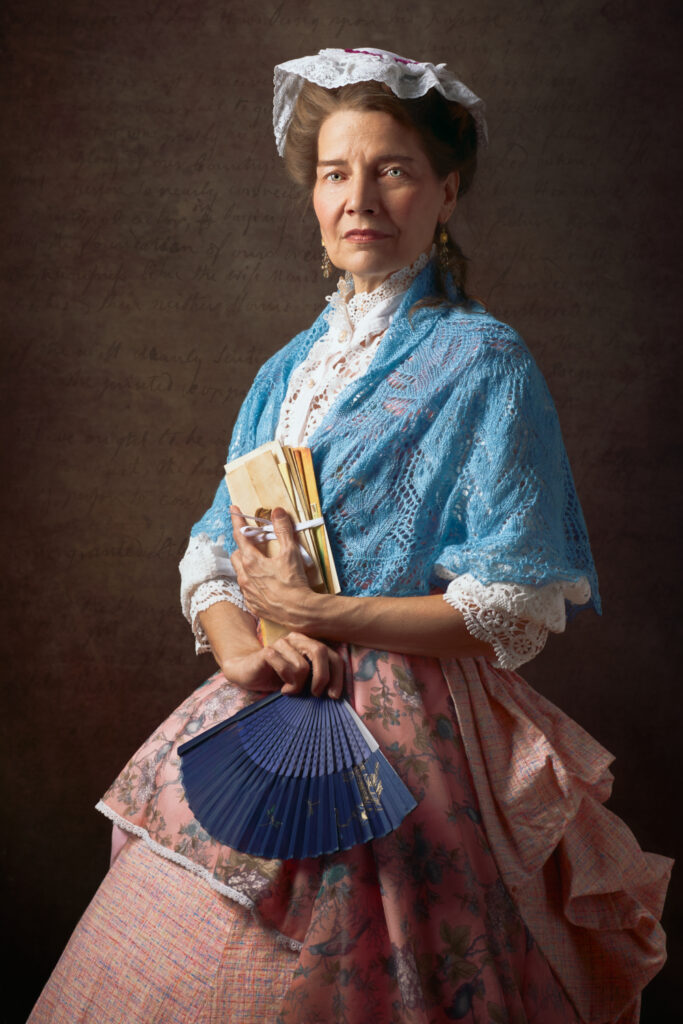
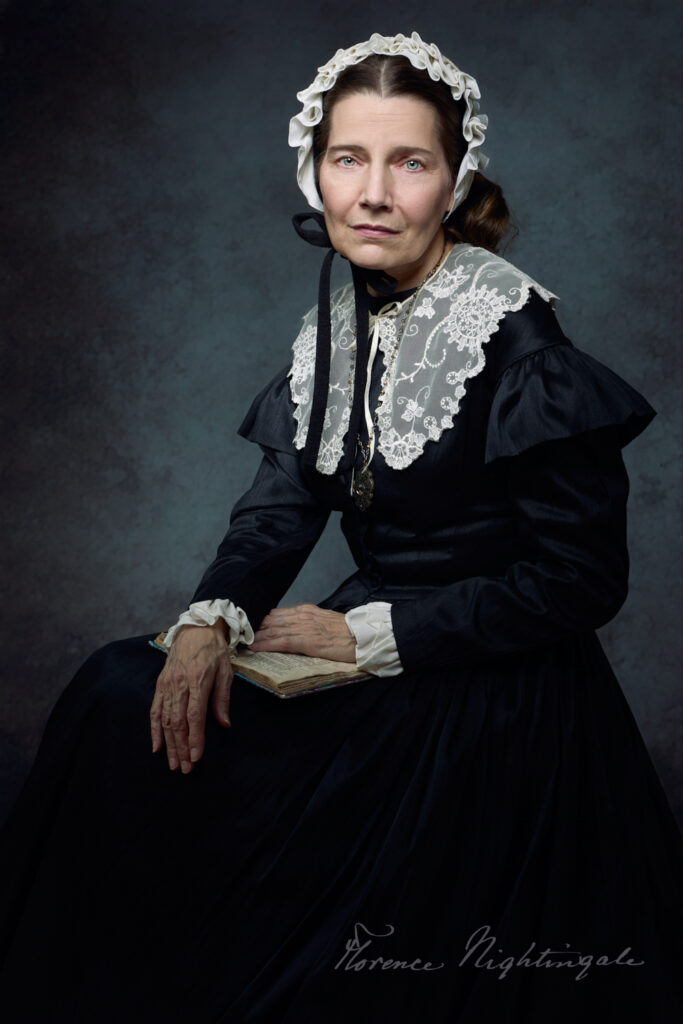
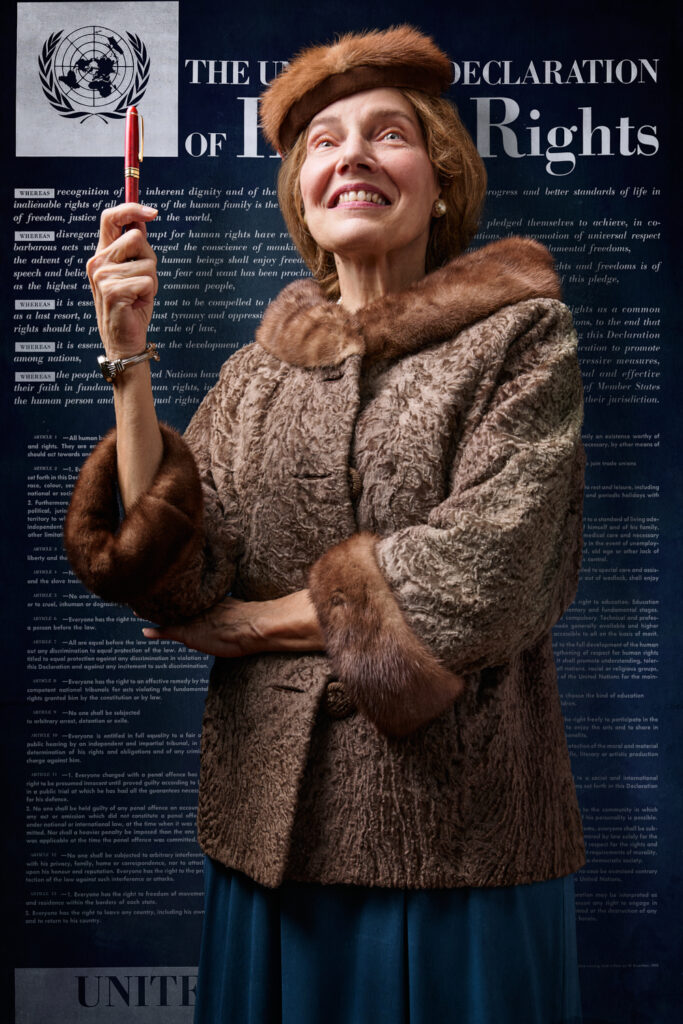
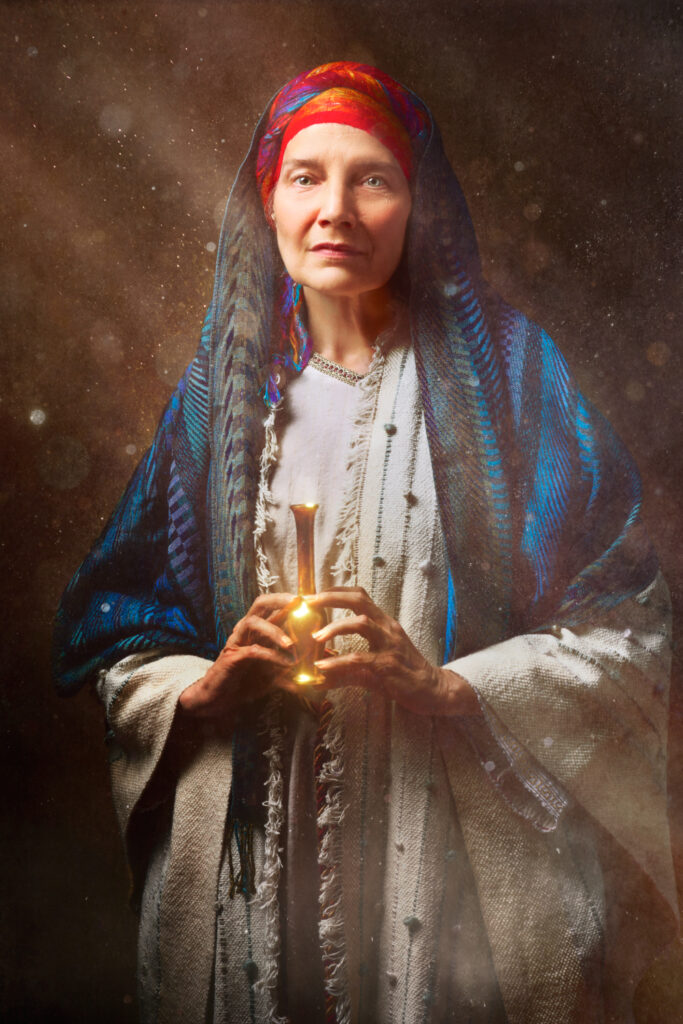
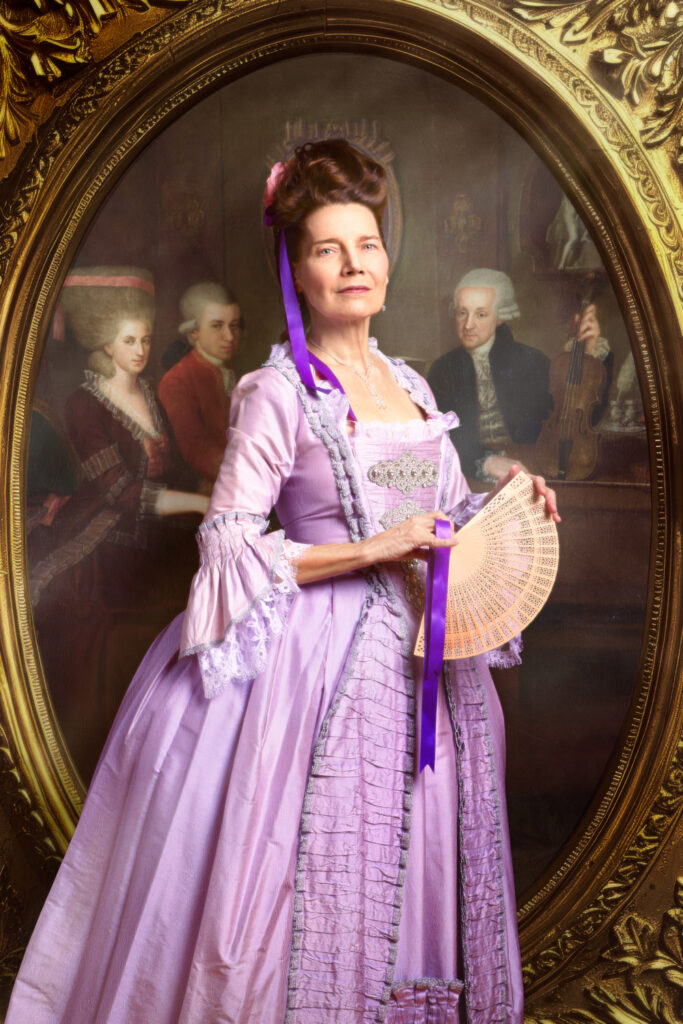
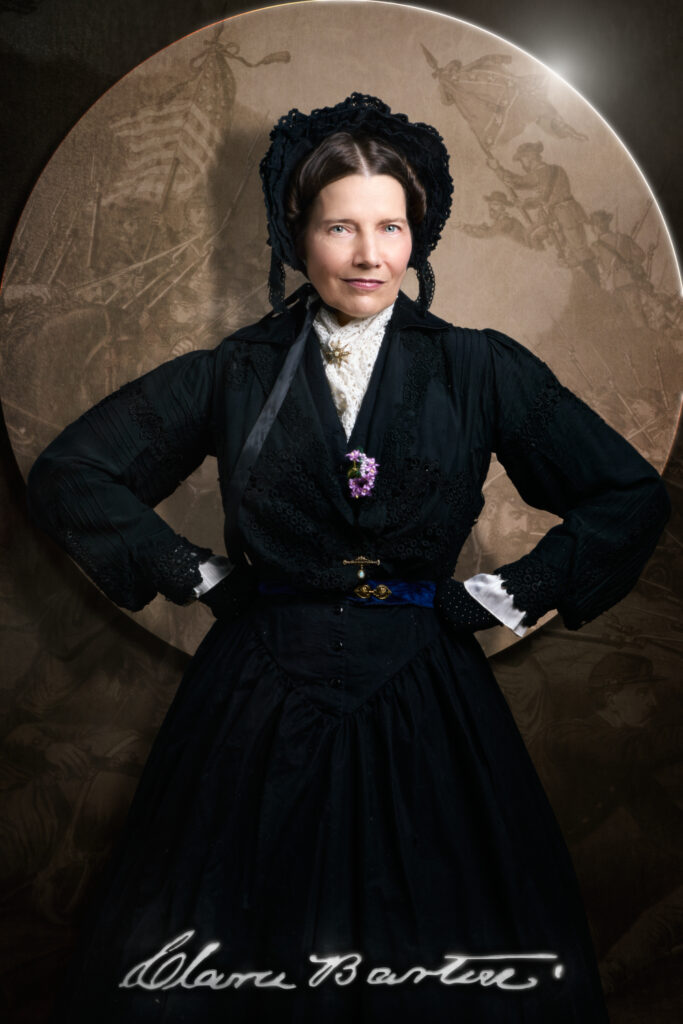


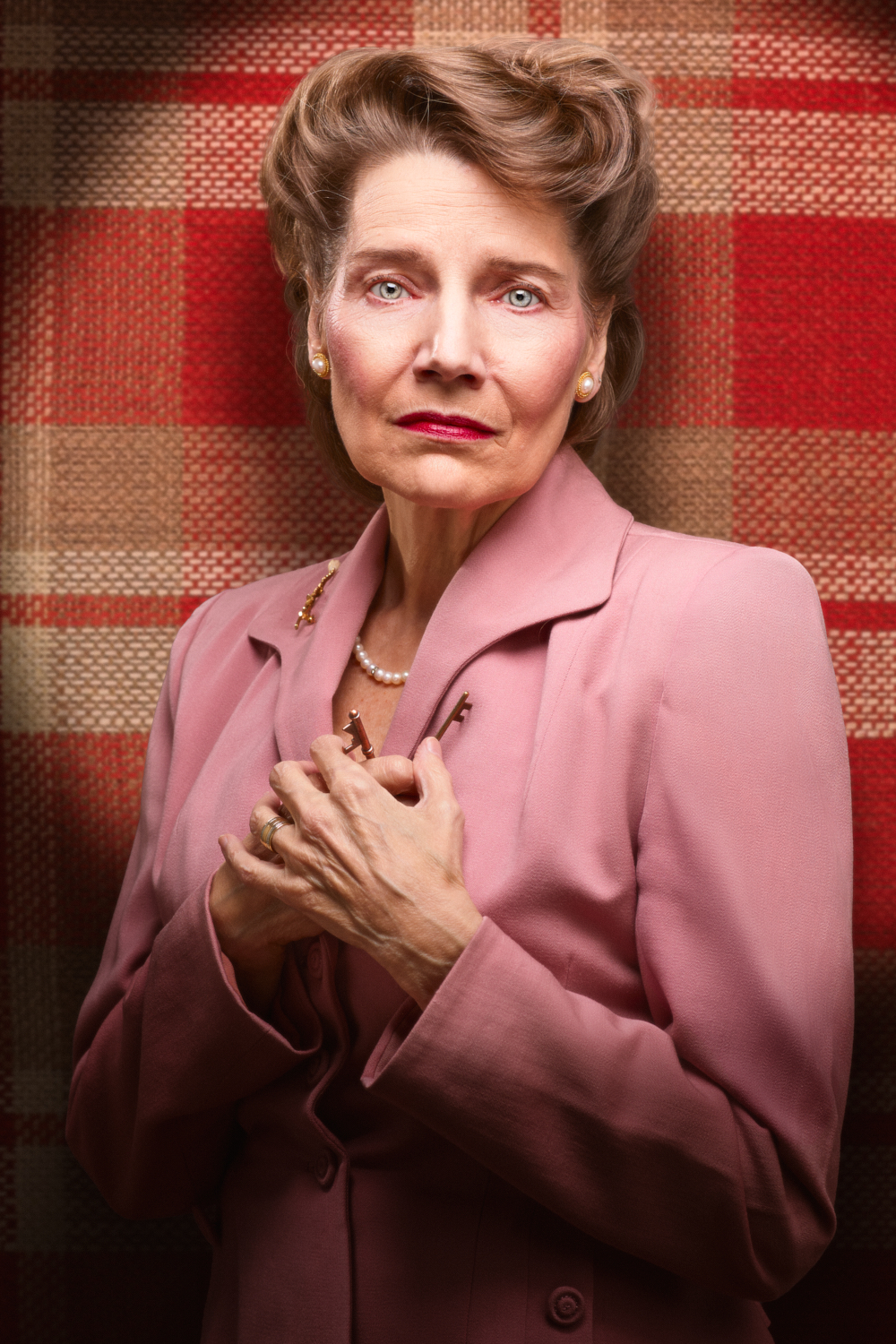
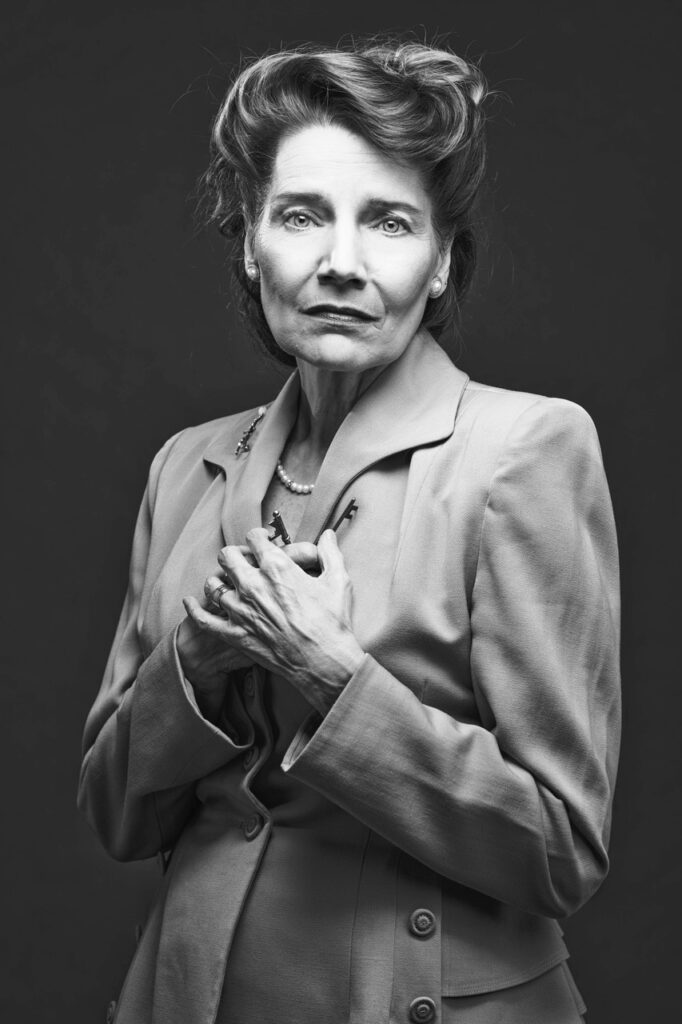

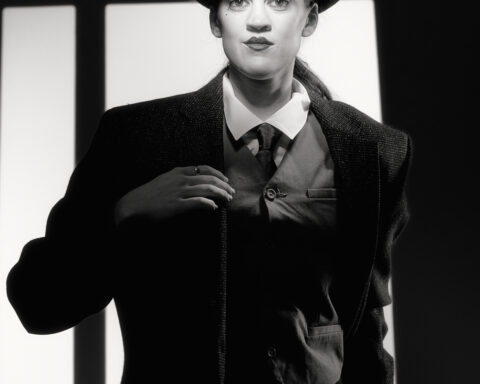
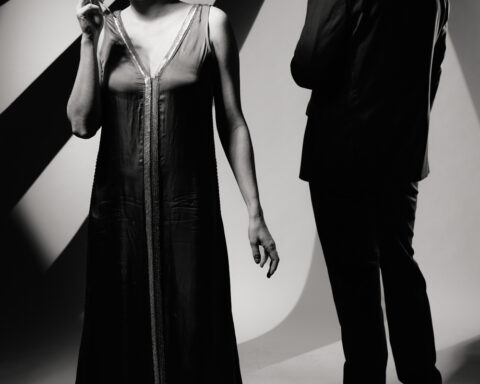

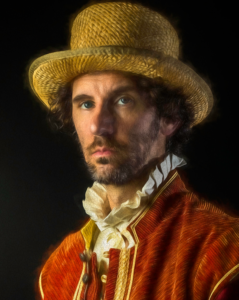


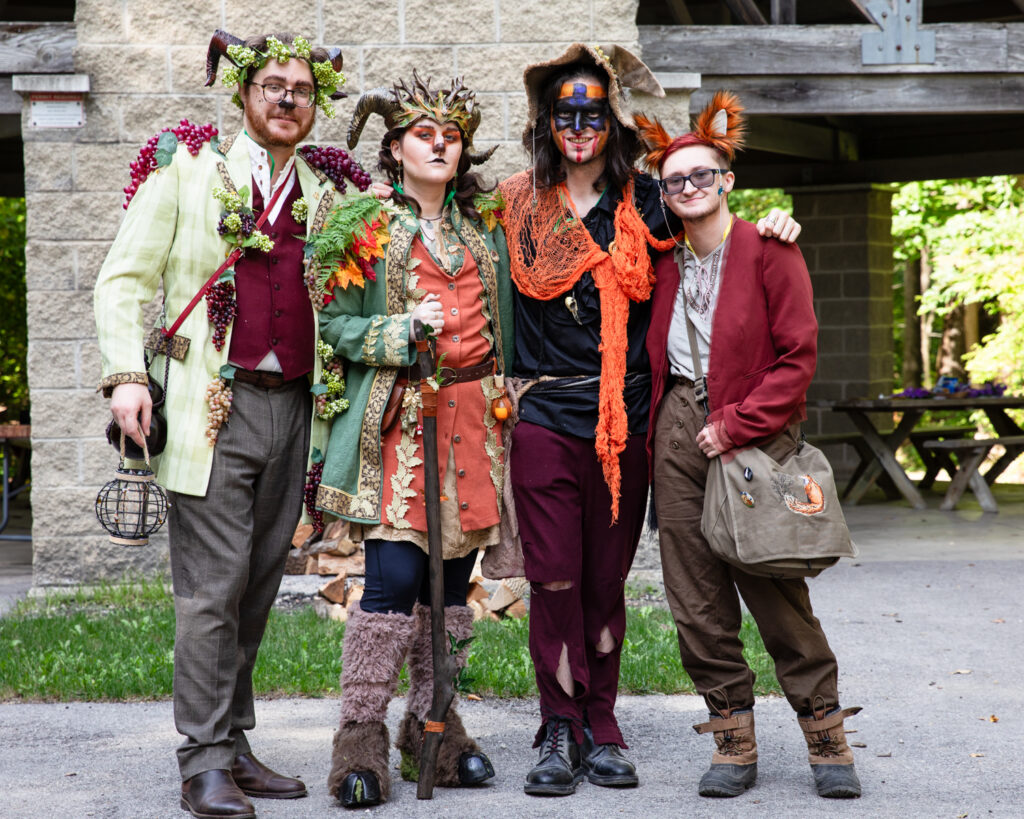
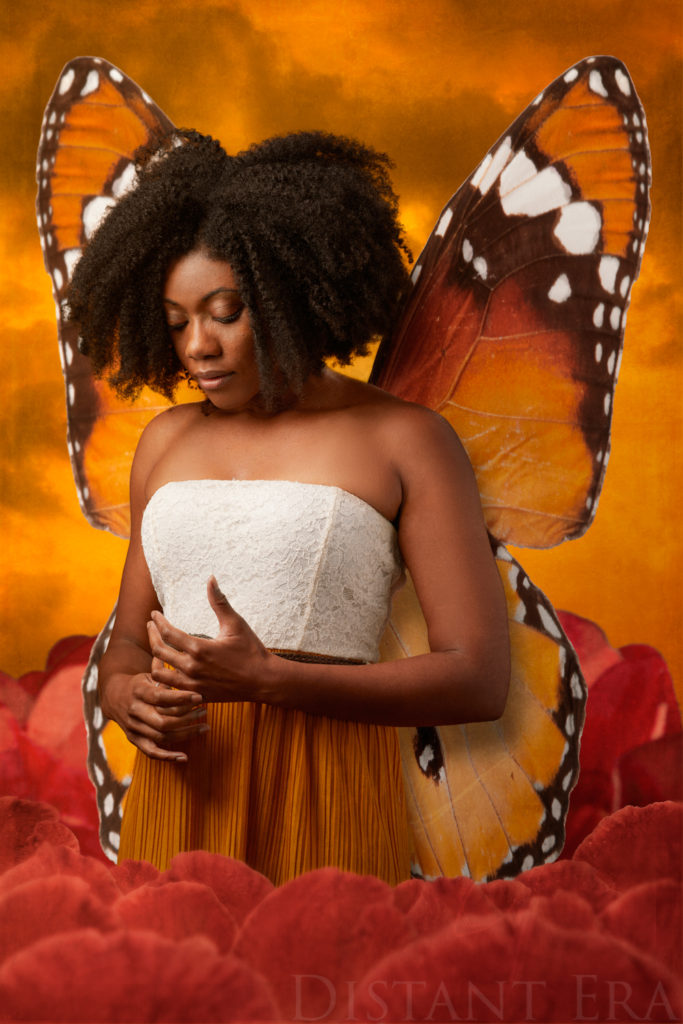


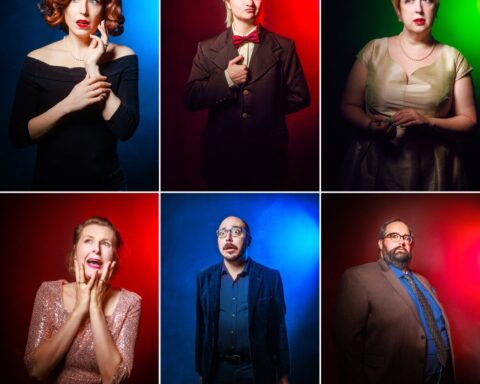
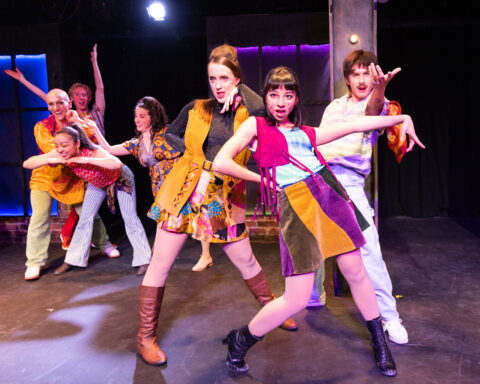
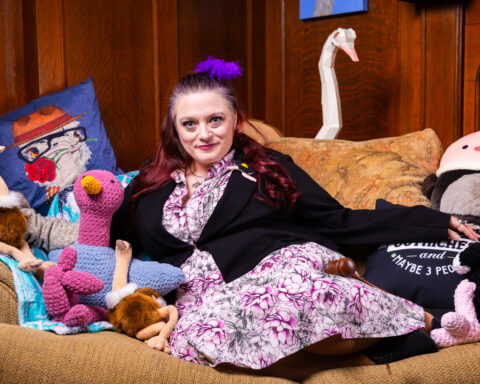
Follow Me